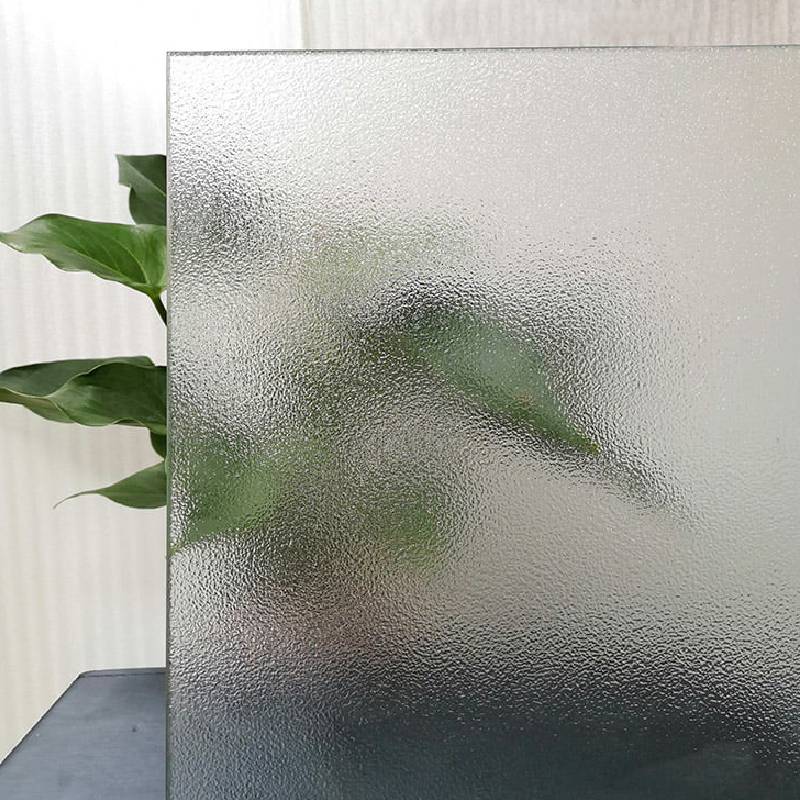Understanding Toughened Glass Definition and Characteristics
Toughened glass, also known as tempered glass, is a type of safety glass that is significantly stronger than regular glass due to a specific manufacturing process. This innovative form of glass undergoes thermal or chemical treatments to increase its strength, making it a popular choice in various applications, from architectural designs to automotive components. Understanding what toughened glass is and how its unique properties distinguish it from standard glass is essential for both consumers and professionals in the glass industry.
Definition of Toughened Glass
Toughened glass is defined as glass that has been strengthened through a specific treatment process, which involves heating the glass to a high temperature, typically around 620°C (about 1,148°F), and then cooling it rapidly. This process is known as tempering. The rapid cooling creates a compression layer on the surface of the glass, making it resistant to impact, thermal shock, and potential shattering. Compared to regular float glass, toughened glass is up to five times stronger, which is particularly valuable in applications where safety and durability are paramount.
Manufacturing Process
The manufacturing process of toughened glass is critical to understanding its properties. Initially, standard float glass is cut to the desired size. The glass is then heated in a furnace to the tempering temperature before being subjected to a rapid cooling process called quenching. During quenching, air is blown onto the surface of the glass, causing the outer layer to cool and harden quickly while the inner layer remains hotter and under tension. This differential cooling creates the compressive stresses that enhance the glass’s strength.
Once this process is complete, toughened glass is no longer able to be cut or altered. Unlike regular glass, which fractures into sharp shards that can cause serious injuries, toughened glass breaks into small, blunt pieces, reducing the risk of cuts and injuries. This safety feature alone makes it an excellent choice for many applications.
Characteristics of Toughened Glass
1. Strength As mentioned, toughened glass is significantly stronger than standard glass. Its improved resistance to impact means it can withstand greater stress and is less likely to break under force.
toughened glass definition
2. Thermal Resistance Toughened glass can endure high temperatures and thermal fluctuations. It can resist thermal shock, making it suitable for environments where sudden temperature changes may occur, such as shower doors or kitchen applications.
3. Safety The way toughened glass breaks safely makes it ideal for use in public spaces, commercial buildings, and vehicles. Its ability to break into small, less dangerous pieces is crucial for applications where human safety is a concern.
4. Versatility Toughened glass can be used in various applications, from window glazing, facades, and glass doors to tables and glass partitions. Its aesthetic appeal combined with strength makes it a favored choice in modern architecture and design.
5. UV Resistance Toughened glass also offers some level of UV protection, making it suitable for applications where sun exposure is a consideration.
6. Sound Insulation Depending on its thickness and construction, toughened glass can provide sound insulation benefits, making it a suitable choice for urban environments.
Applications of Toughened Glass
Due to its many advantages, toughened glass is widely used in multiple sectors. It is found in residential and commercial buildings as windows, glass walls, and railings. In the automotive industry, it is frequently used in side and rear windows. Its use in furniture design, including tabletops and shower doors, also highlights its aesthetic and versatile nature. Furthermore, toughened glass is increasingly employed in the electronics industry for screens and protective covers.
Conclusion
In summary, toughened glass represents a significant advancement in glass technology, offering increased strength and safety features that are crucial for modern applications. Its manufacturing process enhances its robustness and makes it suitable for a variety of uses where both durability and aesthetics are essential. As technology advances and new applications arise, the relevance of toughened glass in daily life and industry continues to grow, solidifying its place as a top choice for designers, architects, and consumers alike. Understanding toughened glass is vital for making informed decisions about its use in any project or infrastructure.
 Afrikaans
Afrikaans  Albanian
Albanian  Amharic
Amharic  Arabic
Arabic  Armenian
Armenian  Azerbaijani
Azerbaijani  Basque
Basque  Belarusian
Belarusian  Bengali
Bengali  Bosnian
Bosnian  Bulgarian
Bulgarian  Catalan
Catalan  Cebuano
Cebuano  Corsican
Corsican  Croatian
Croatian  Czech
Czech  Danish
Danish  Dutch
Dutch  English
English  Esperanto
Esperanto  Estonian
Estonian  Finnish
Finnish  French
French  Frisian
Frisian  Galician
Galician  Georgian
Georgian  German
German  Greek
Greek  Gujarati
Gujarati  Haitian Creole
Haitian Creole  hausa
hausa  hawaiian
hawaiian  Hebrew
Hebrew  Hindi
Hindi  Miao
Miao  Hungarian
Hungarian  Icelandic
Icelandic  igbo
igbo  Indonesian
Indonesian  irish
irish  Italian
Italian  Japanese
Japanese  Javanese
Javanese  Kannada
Kannada  kazakh
kazakh  Khmer
Khmer  Rwandese
Rwandese  Korean
Korean  Kurdish
Kurdish  Kyrgyz
Kyrgyz  Lao
Lao  Latin
Latin  Latvian
Latvian  Lithuanian
Lithuanian  Luxembourgish
Luxembourgish  Macedonian
Macedonian  Malgashi
Malgashi  Malay
Malay  Malayalam
Malayalam  Maltese
Maltese  Maori
Maori  Marathi
Marathi  Mongolian
Mongolian  Myanmar
Myanmar  Nepali
Nepali  Norwegian
Norwegian  Norwegian
Norwegian  Occitan
Occitan  Pashto
Pashto  Persian
Persian  Polish
Polish  Portuguese
Portuguese  Punjabi
Punjabi  Romanian
Romanian  Russian
Russian  Samoan
Samoan  Scottish Gaelic
Scottish Gaelic  Serbian
Serbian  Sesotho
Sesotho  Shona
Shona  Sindhi
Sindhi  Sinhala
Sinhala  Slovak
Slovak  Slovenian
Slovenian  Somali
Somali  Spanish
Spanish  Sundanese
Sundanese  Swahili
Swahili  Swedish
Swedish  Tagalog
Tagalog  Tajik
Tajik  Tamil
Tamil  Tatar
Tatar  Telugu
Telugu  Thai
Thai  Turkish
Turkish  Turkmen
Turkmen  Ukrainian
Ukrainian  Urdu
Urdu  Uighur
Uighur  Uzbek
Uzbek  Vietnamese
Vietnamese  Welsh
Welsh  Bantu
Bantu  Yiddish
Yiddish  Yoruba
Yoruba  Zulu
Zulu 

